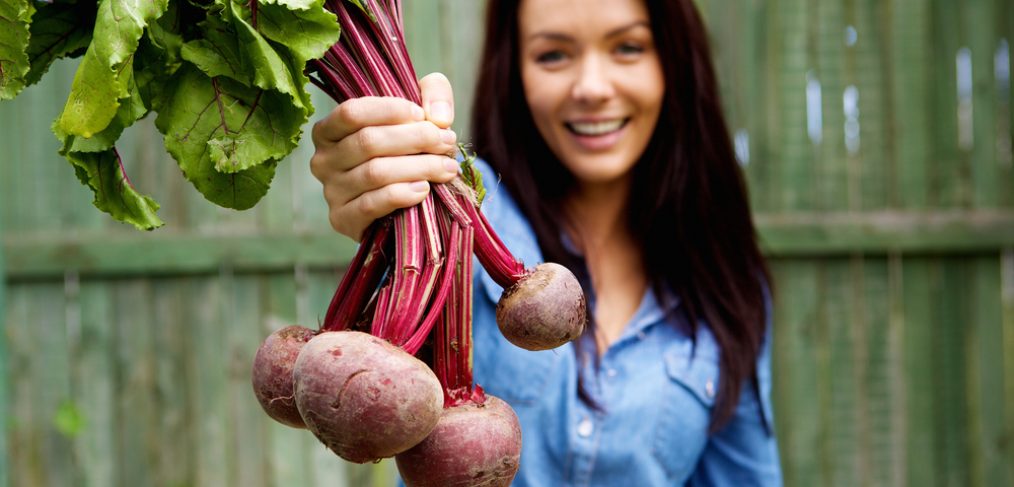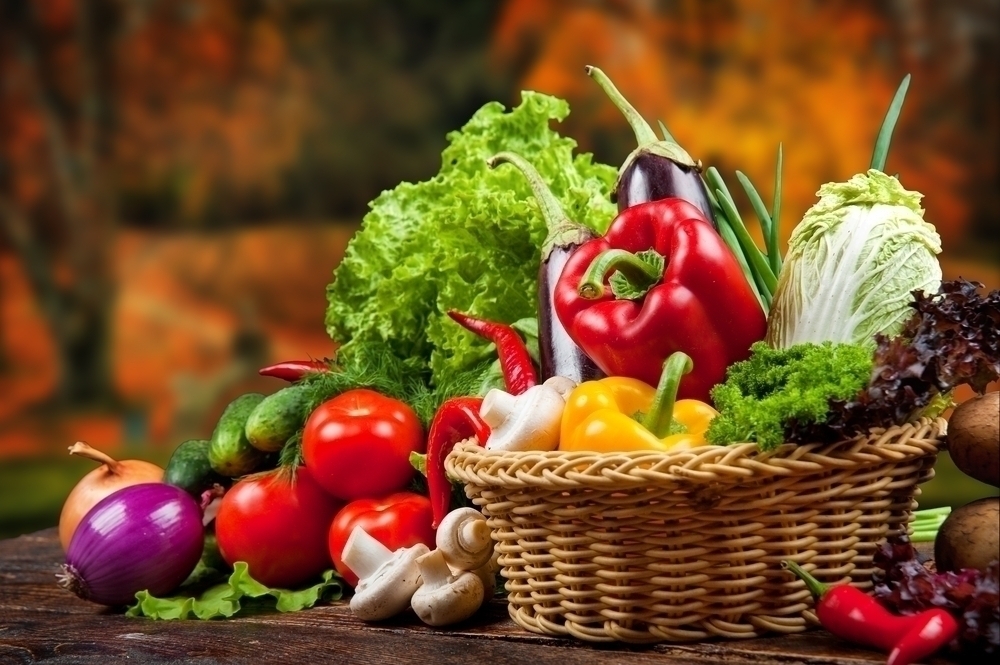Other than sunny weather and longer days, spring also brings about all kinds of fresh produce that is either hard to find or simply non-existent during rest of the year.
With the abundance of body-boosting, delicious dietary options, there’s no more excuse to revert to old, damaging food habits.
And to give you some ideas on how to overhaul your diet, we have prepared this guide with essential tips on how to use the sunny season to your advantage and, over time, build healthy habits that you can adhere to during the rest of the year, as well.
Introduce High-fiber Meals
In the springtime, we tend to be more active and spend more time outdoors.
This, is turn, causes us to reach for food items that will please our palates and fuel our body.
And if you’re the type of person who isn’t exactly health-conscious, you may end up gravitating towards instantly filling foods laden with processed carbs and sugars.
Sure, these might feel gratifying short-term, but if you want to build a satisfying, health-oriented diet, then you might want to ditch these processed baddies and go for energizing, fiber-rich options.
What are fibers and why should you include more of them in your meals, you ask?
Fibers are the kind of carbohydrates your body doesn’t digest. Since fiber itself has zero calories and helps boost digestive system, it should be an essential component in every though-out diet plan.
Luckily, foods that are high in fiber are plentiful come spring, which is why this is the perfect moment to load up your plate with these energizing nutrients.
Among the foods that contain high level of fiber are oatmeal, barley, as well as various kinds of legumes.
Fresh green peas are one of most delicious spring foods which are not only super-easy to prepare, but also chock-full of body-fueling fibers.
You can mix your peas with other springtime veggies and cook over garlic and olive oil. Alternatively, you can add them to your favorite pasta or blend them into a delicious puree as a side.
Lentil is another legume rich in fiber, which is also incredibly satisfying and belly-filling. To make your lentils extra-tasty, turn them into a basil-infused soup or mash them with some lemon juice and a couple of garlic cloves for a delicious spread.
If you are looking for a more breakfast-friendly option, you can always equip your kitchen with a box of bran flakes, which are one of the most readily-available sources of fiber. And if the taste of this fiber-rich cereal doesn’t fill you up with excitement, you can always combine it with your favorite leafy greens or fruit and blend it into a mouthwatering smoothie.
Learn to Love Leafy Greens
If you’re looking for the easiest and quickest way to increase your daily dosage of various health-charging nutrients, then leafy greens should be at the very top of your list.
These dietary superheroes are packed with a plethora of vitamins, minerals and other goodies that will not only improve your immunity and overall wellbeing, but also contribute to a healthier appearance of skin, nails and hair. Win-win!
Plus, you’ll be pleased to hear that springtime is when leafy greens reign supreme.
Leafy green rookies might want to ease their way into their new routine by going for a veggie with a more milder, versatile taste.
Baby spinach is the perfect starter-level leafy green. It can go into any food combo, from omelets to stir-fries to smoothies. Moreover, it has a subtle, refreshing taste, so you won’t have to worry about it overpowering the rest of your meal.
More advanced leafy greens aficionados can enrich their day-to-day meals with a bona fide celebrity among superfoods – kale. This leafy green has become wildly popular in the health and wellness sphere – for good reason, too: it contains high concentration of Vitamin K, which can shield your body from all kinds of illness.
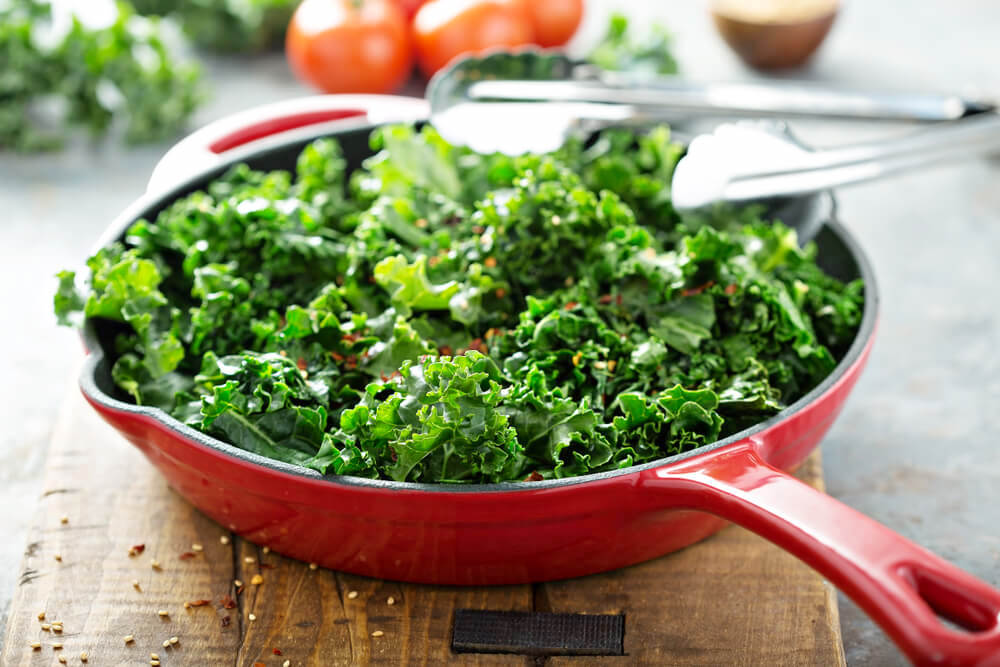
Even though kale is slightly more bitter in taste than baby spinach, you should have no problems including it into your daily meal prep – it can be blanched, sautéed, baked or blended!
Finally, seasoned leafy green lovers might want to go for something more challenging this spring. If you haven’t done so already, why not try stepping up your veggie game by introducing collard greens into your diet?
These nutritional powerhouses are often overlooked in favor of more accessible leafy greens, possibly because of their somewhat earthy tang and chewy texture.
However, if you know how to prepare them, collard greens can be just as delicious and health-boosting as any other leaf vegetable.
One of the easiest way to soften them up and bring out the flavor is to cook them in a broth with other veggies of your choice. Alternatively, you can drizzle a bit of olive oil over a hot pan and sauté your greens with a couple of crushed and chopped garlic cloves.
Try Out Energy-boosting Snacks
Once gloomy winter days come to an end, you will inevitably feel inspired to spend more time outdoors and on your feet.
And planning meals while you’re busy running errands and catching up with friends might prove to be a little bit challenging.
What’s more, if you don’t have a clear of idea what you’re going to eat and when, you might end up reaching for the least healthy options when you’re running low on fuel.
That’s why it’s very important to always keep body-energizing snacks at hand, which you can nibble on wherever you go.
And if you want to go down the healthy road, spring is the ideal time to start introducing healthy, straight-from-nature snacks that your body will be thanking you for.
One of the most convenient and energizing snacks are nuts and seeds.
They are easy to carry around and whip out whenever you’re feeling peckish.
What’s more, they are packed with a host of healthy nutrients that will replenish your body without adding extra pounds (when consumed in moderation).
One of the most readily available and healthy nuts are almonds, which have many body-boosting properties. A handful of almonds a day can help reduce bad cholesterol and help with high blood pressure.
On the other hand, if you’re more of a pistachio fan, you’ll be pleased to hear that these nuts contain high levels of antioxidants, especially potassium, which are incredibly beneficial for the nervous system.
Cashews can also be a great option for midday snacking, as they can help strengthen your bones and improve your overall immune system.
Fruit and Berries Over Processed Sugar
Most of us know that processed sugars are a definite no-go when it comes to building a healthy diet routine.
And while it’s pretty obvious that your standard candy and soda is loaded with added sugar, sometimes these high-calorie baddies are not that easy to spot.
For example, added sugars could be hiding in your favorite granola bar or that salad dressing you always use in your meals.
Luckily, thanks to the appropriate food labeling, it’s easier to identify those extra sugars found in our everyday groceries.
However, if you want to take the healthy route, spring is the right time to start satisfying your sugar cravings with deserts that have come straight from nature.
In the spring, nature becomes abundant with juicy, delicious fruit which can be a great replacement for your standard go-to treats.
One of the healthiest choices to satisfy your sweet tooth are berries. These bite-sized, vitamin-laden goodies are not only good for you body, they are also super-easy to get a hold of during sun-filled spring days.
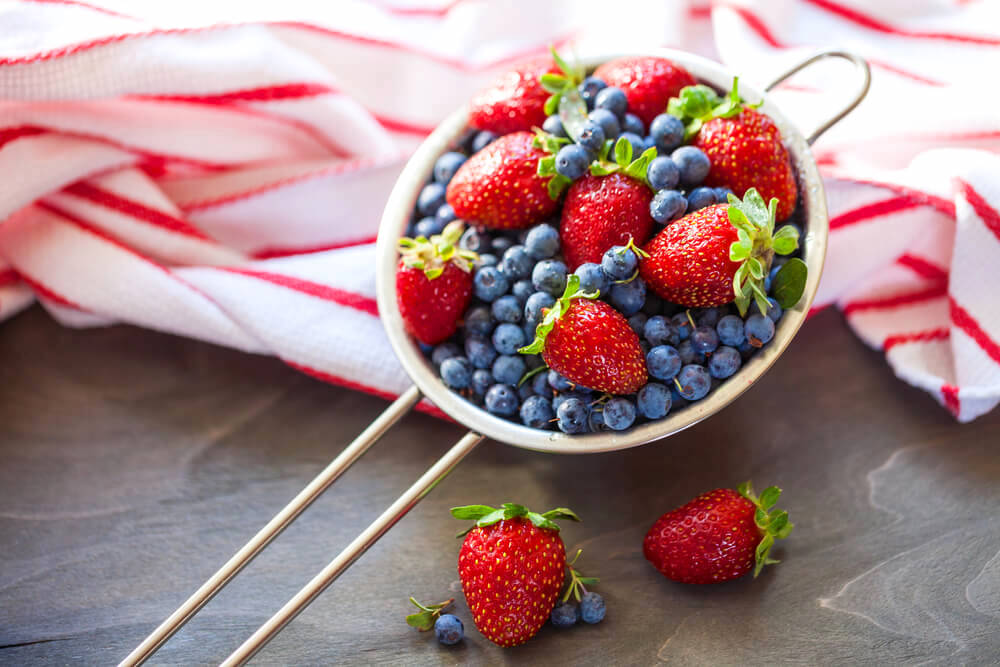
For example, strawberries – everyone’s favorite fruit of the season – are not only rich in various health-boosting nutrients, they also contain very few calories, making them a great choice for people looking to shed a few pounds.
Blueberries are also plentiful in spring, and make for a great addition to any smoothie or fruit salad. What’s more, blueberries are packed with phytochemicals, flavonoids and antioxidants which are essential for improving the immune system.
Put More Veggies on Your Plate
If your meals aren’t usually packed with vegetables, spring is the ideal time to change that for the better.
This season brings all kinds of tasty, health-boosting produce which will not only contribute to your overall well-being, it will also make you want to try out more creative, exciting meal options.
All you need to go to the green market and pack your grocery bags with all those delicious spring veggies.
And if you’re not really sure where to start, here are some of the most satisfying, palate-enticing spring superstars that you can incorporate into your spring meals with little to no effort.
One of the most popular springtime veggies is asparagus, a green stalk rich in iron, calcium, as well as vitamins A, C, E, K, and B6.
There are many different ways you can introduce asparagus into your daily recipes; for example, sautéed with eggs for breakfast, thrown into a salad with other veggies and a few slices of of fresh mozzarella for lunch or post-workout snack, or grilled with a slice of salmon for an evening meal.
Brussel sprouts are also great for filling up your belly and supplying you with energy during sunny spring days. These bite-sized veggies are packed with Vitamin C, K and plenty of antioxidants. Fry them for a couple of minutes with a chili or two to give the sprouts a kick; alternatively, roast them with the rest of your favorite veggies for a more rich and smoky flavor.
Don’t Be Afraid of (Healthy) Fats
If you are new to the world of wellness, then seeing the words “healthy” and “fat” in the same sentence might feel odd to you.
But fats don’t have to be necessarily bad for you.
On the contrary – healthy, nature-derived fats are essential for achieving balanced eating habits.
Since fats are higher in calories than proteins and carbohydrates, they will keep you feeling full and sated for long periods of time.
The only trick is to stick to unsaturated, straight-out-of-nature fats and stay away from the nasty, processed stuff.
Fortunately, spring offers plenty of healthy fat options you can incorporate into your everyday meals.
As mentioned before, nuts are a great source of unsaturated fats and proteins; moreover, they make for a great snack in-between bigger meals.
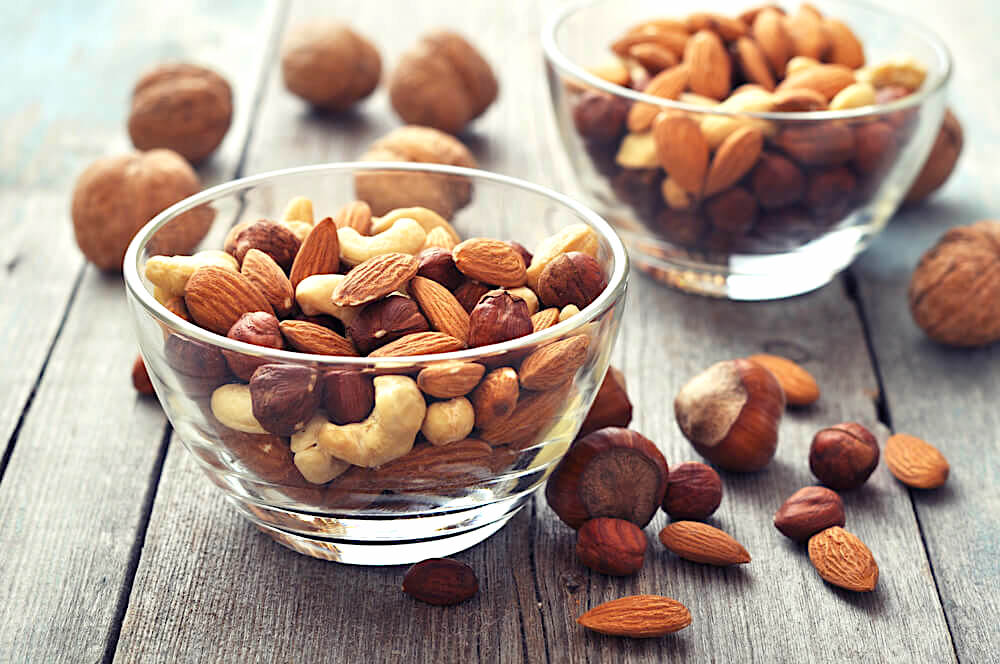
Another food that is not only supremely delicious, but also high in natural fats is avocado. This nutritious, versatile fruit that originates from Central America can be prepared in countless way. For a quick and easy option, simply scoop out your avocado and spread it on a slice of toasted bread. Alternatively, you can chop it up in your salad or add it to your smoothie for a richer, creamier texture and extra nourishment.
And for something a little more substantial, go for fatty fish. Mackerel, salmon, trout, sardines and other creatures of the sea are loaded with unsaturated fats, as well as hearth-healthy Omega-3 acids, which can help with a host of health issues, including blood fat, arthritis, asthma, depression and ADHD. On a more skin-deep level, these acids can contribute to a plump, wrinkle-free complexion.
Spring is also the ideal time to switch to extra virgin olive oil, which is another ingredient that’s chock-full of healthy acids. This staple of Mediterranean diet contains high doses of Vitamin E and K, as well as a number of antioxidants. You can use olive oil in cooking or simply drizzle it over your favorite breads, salads and veggies.
And with this, we are wrapping up out list of essential tips and tricks on how to make your diet healthier and more spring-friendly. Now you can go out and stock up on all these delicious, sun-soaked foods that will ensure your belly is full and your health is in check.








